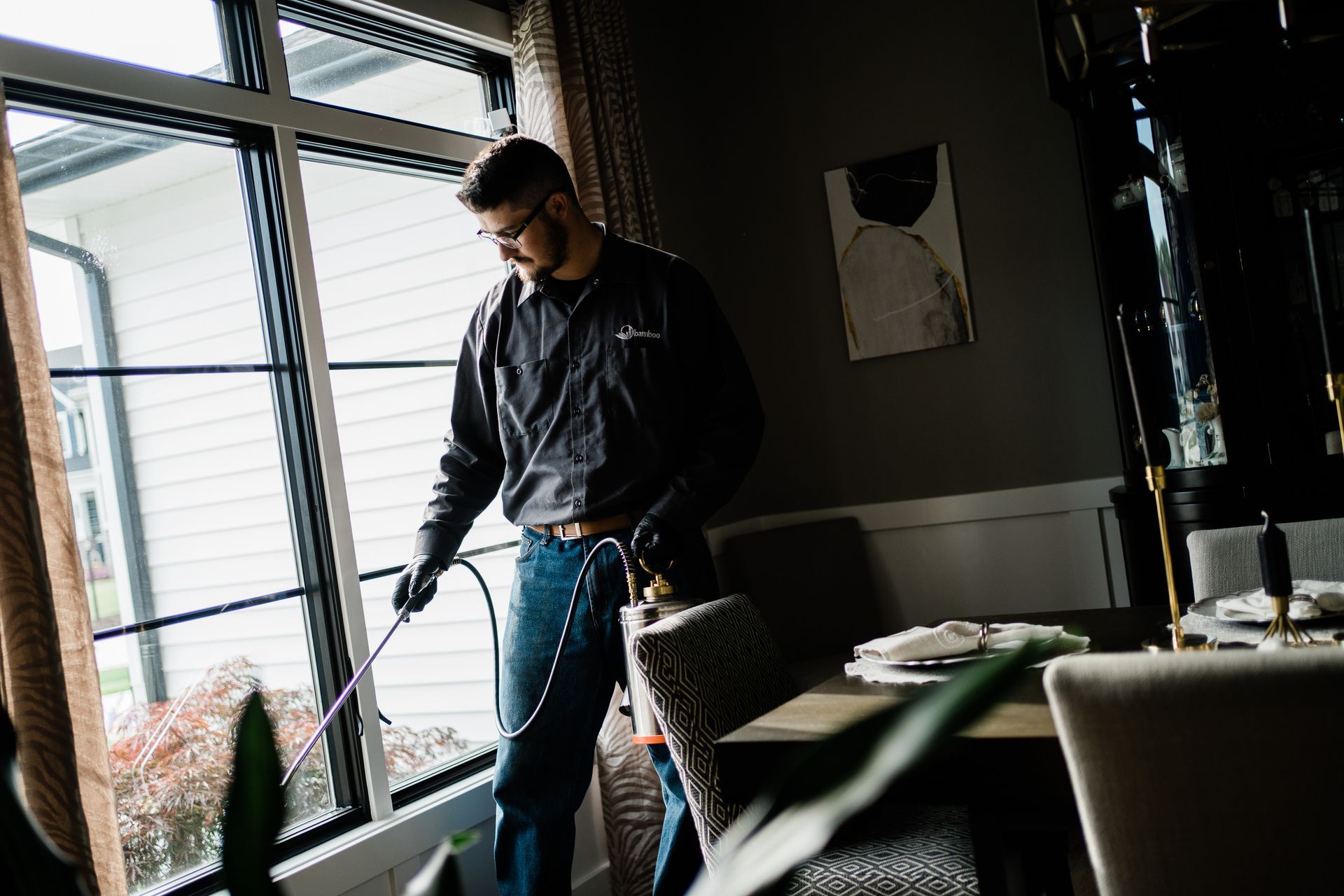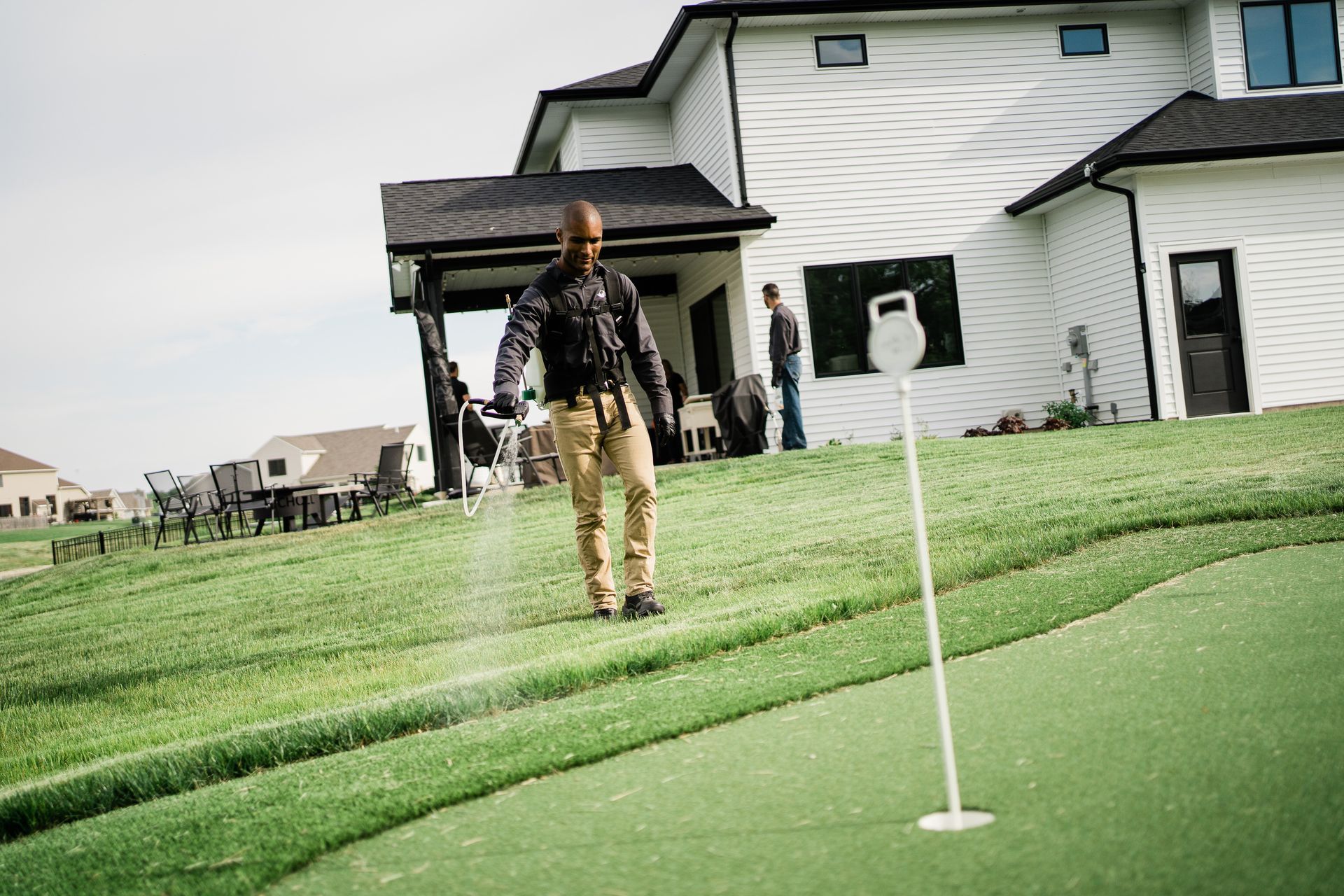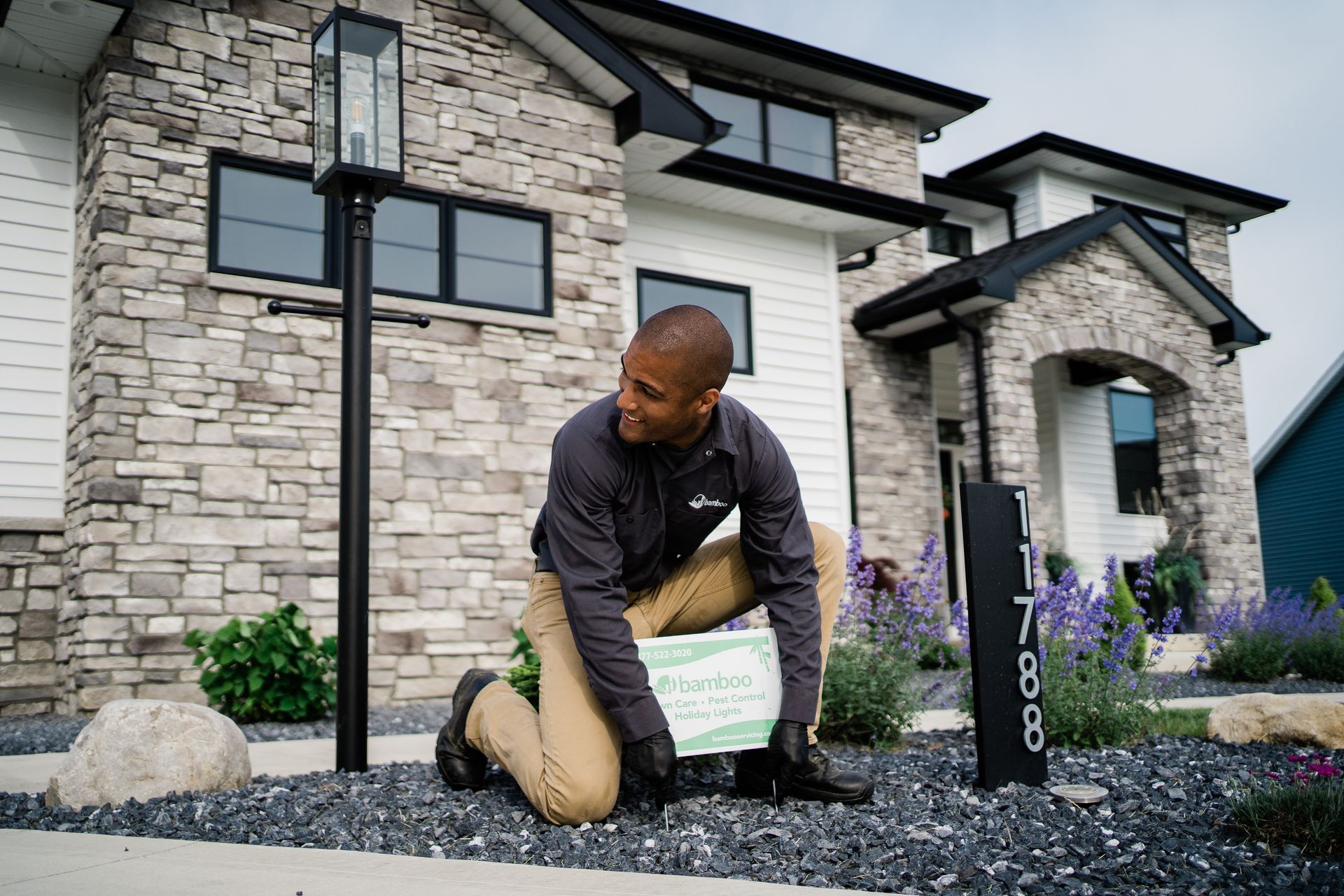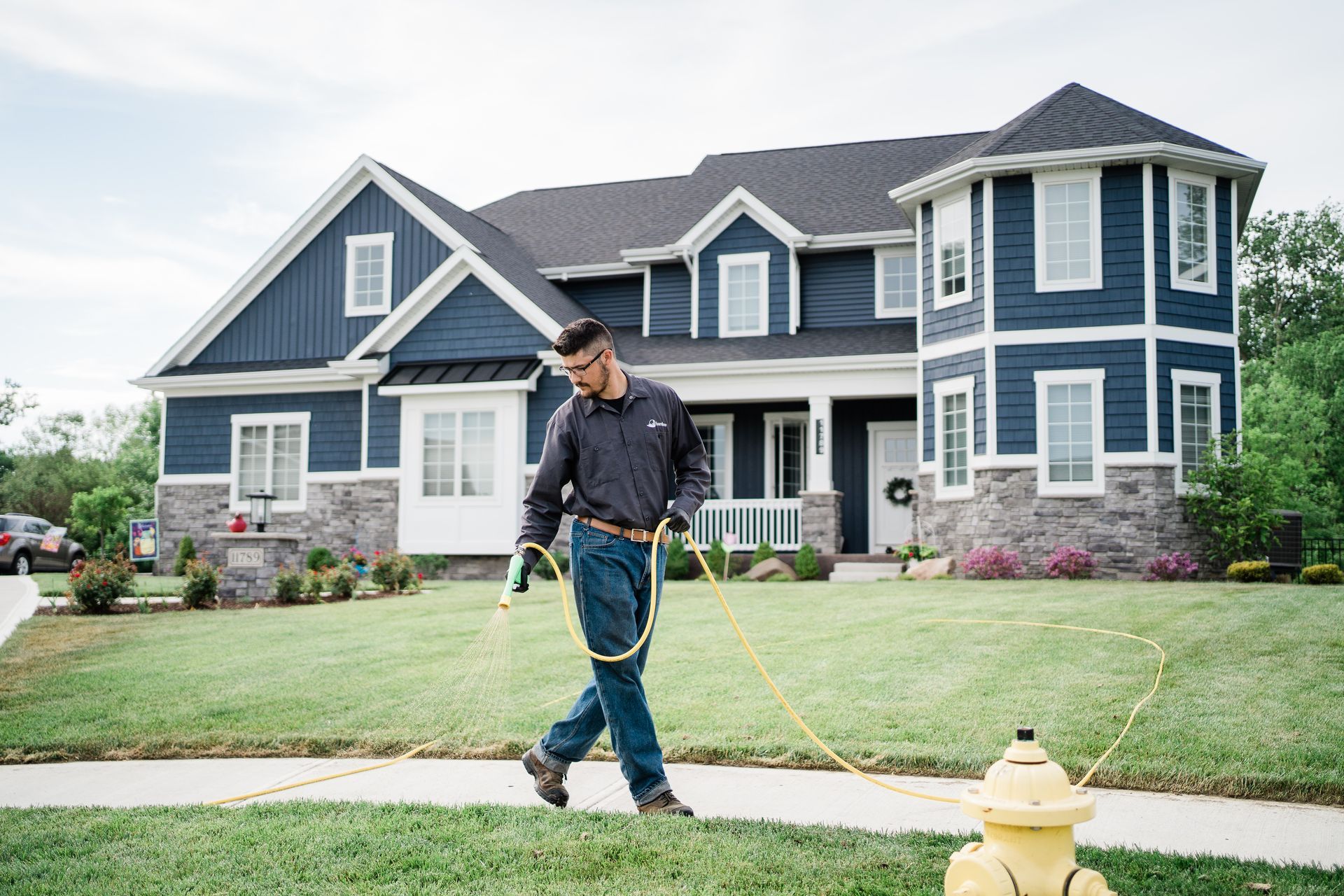What not to do after pest control sprays?
What should you avoid doing after pest control treatment?
After a pest control treatment, it’s crucial to know what actions should be avoided to ensure the treatment remains effective and to maintain the safety of your living environment. Here’s an expanded guide on what not to do following a
pest control spray, aiming to help you navigate the post-treatment period effectively.
1. Do not Clean Immediately
Resist the urge to clean right after the pest control treatment. Immediate cleaning can remove or dilute the pesticides before they have a chance to work. It is generally recommended to wait at least 24 to 48 hours before undertaking any light cleaning activities such as sweeping or vacuuming, particularly in the treated areas. For more intensive cleaning processes like mopping or deep cleaning carpets, waiting up to two weeks is advisable. This patience allows the chemicals ample time to settle and ensures they remain effective in pest eradication.
2. Avoid Disturbing Treated Areas
It’s essential to avoid any activity that could disturb the areas where pest control chemicals have been applied. This includes avoiding mopping, wiping, or any activity that might interact with the treated surfaces. Such activities could significantly reduce the effectiveness of the treatment by removing or diluting the pesticides meant to create barriers against pests.
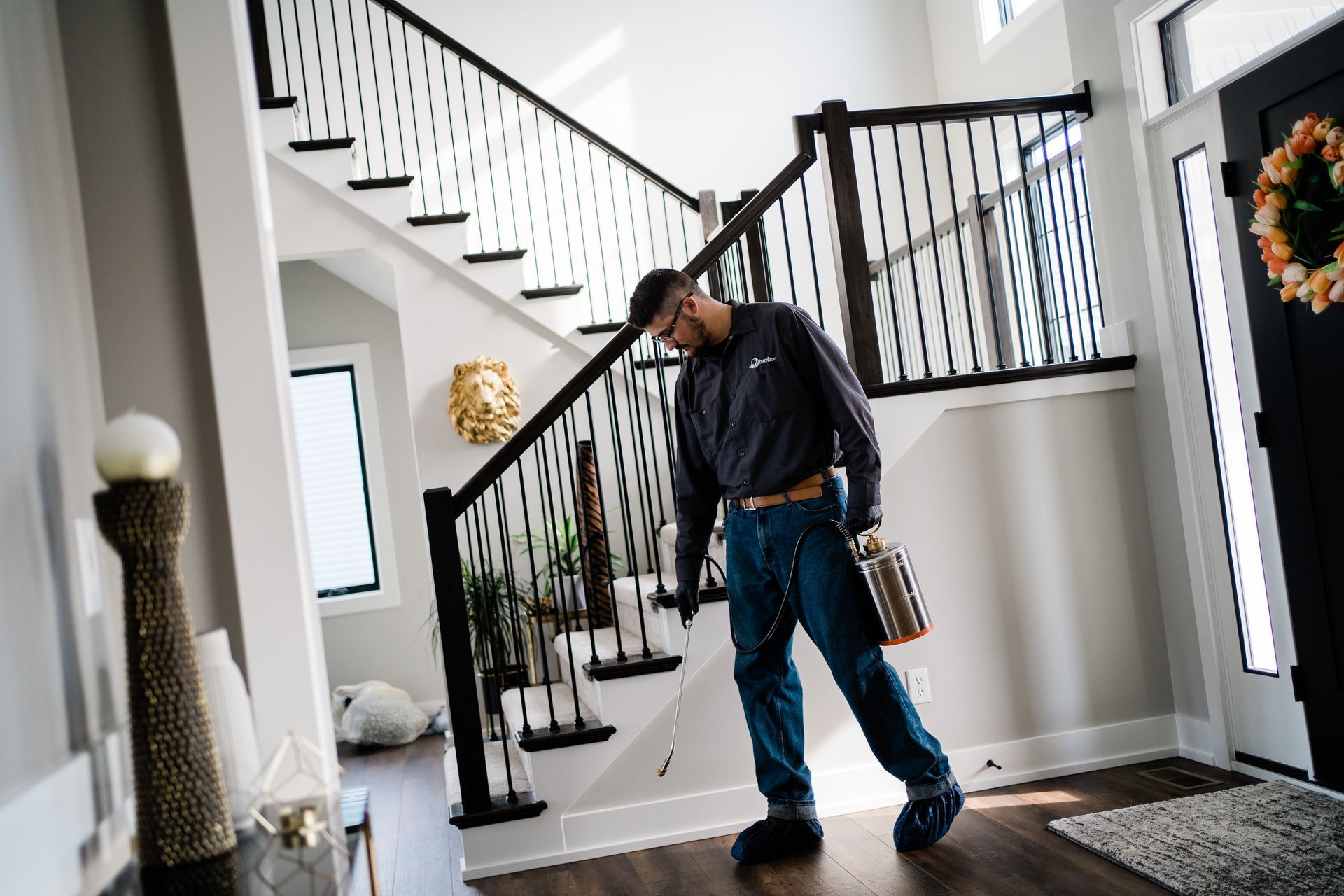
3. Handle Food with Care
Before pest control treatments, ensure all food items are properly stored away. After the treatment, discard any food left outside or potentially exposed to the treatment chemicals to avoid contamination. Additionally, clean all surfaces where food is prepared or stored thoroughly to ensure they are free from any pesticide residues.
4. Ensure Proper Ventilation
After the initial waiting period post-treatment, it’s important to ventilate your home properly to help remove any lingering odors or fumes from the pesticides. Open windows and use fans to help expedite this process, making the indoor environment safer and more comfortable.
5. Monitor Pest Activity
Monitoring pest activity after a treatment is crucial. An initial increase in pest activity is normal as the pests come into contact with the pesticides and start to die off. However, this should decrease significantly over time. If pest activity continues or increases, it may indicate the need for a follow-up treatment. Keep a record of pest activity, as this information can be invaluable for assessing the effectiveness of the treatment.
6. Follow Professional Advice
Always adhere to the specific instructions provided by your pest control technician. They have the expertise to recommend the best practices for ensuring the treatment remains effective and safe over time. This includes specific cleaning timelines and other precautionary measures that should be taken based on the chemicals used and the pests treated.
7. Implement Preventative Measures
Preventative measures are key to maintaining a pest-free environment. Regularly clean your home to avoid attracting pests, properly store food, reduce excess moisture, and conduct routine inspections to catch potential infestations early. These steps are vital in maintaining a pest-free environment and minimizing the need for frequent pest control treatments.
By following these guidelines, you ensure that your pest control treatments are effective and that your home remains a safe and healthy environment. Consulting with professionals for personalized advice and support is also crucial to managing pest issues effectively. Regular communication with your pest control professionals and adherence to their recommended practices will help manage any potential pest issues effectively.
Want To Learn More? Contact Us
For reliable and effective pest control solutions, contact Bamboo Pest Control. Our team of experts is dedicated to providing safe and eco-friendly pest management services tailored to your needs. Schedule an inspection today and take the first step towards a pest-free home.
Contact our team today to learn more about our safe and eco-friendly pest management solutions.
Like this post? Share it here...

